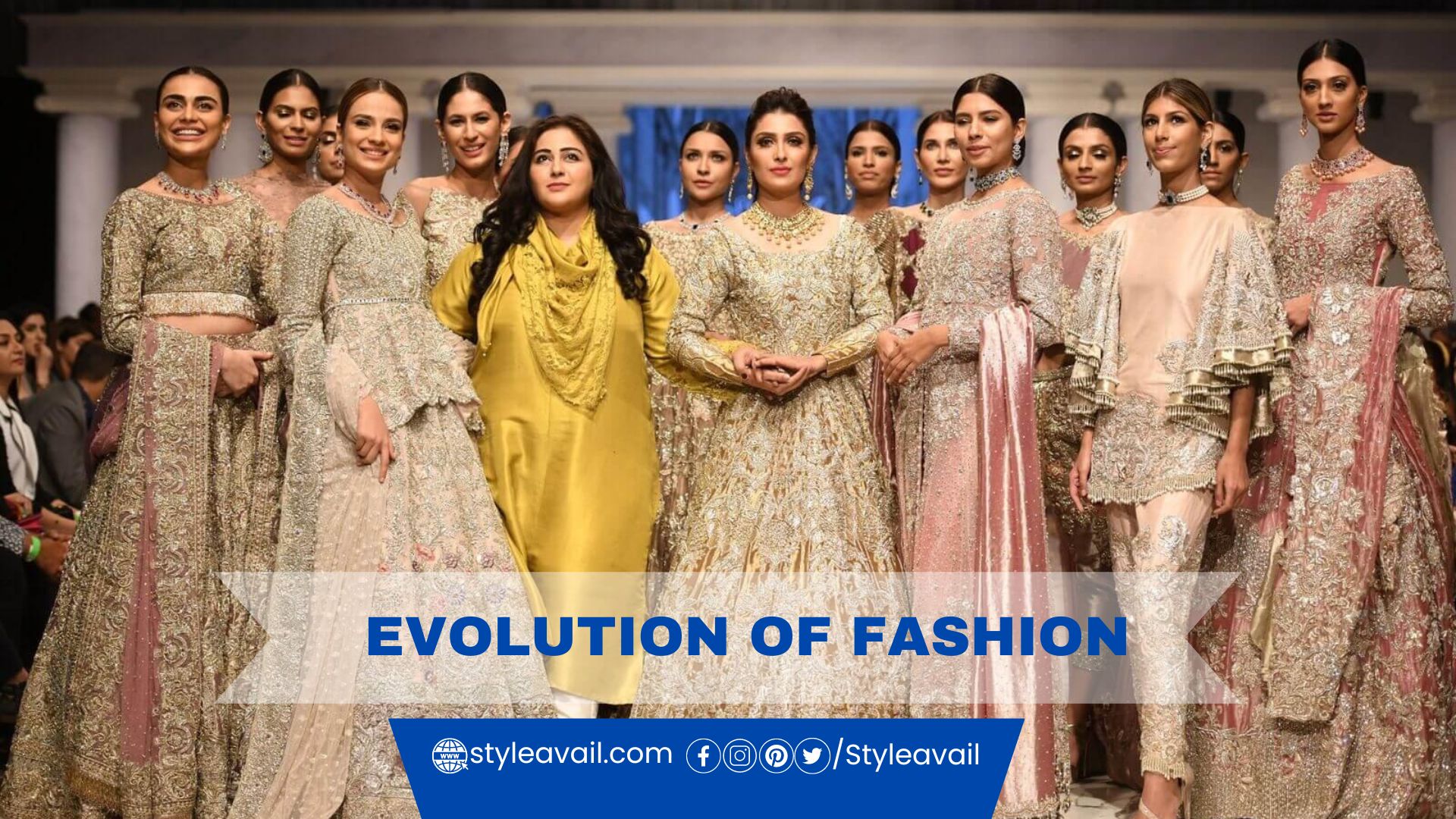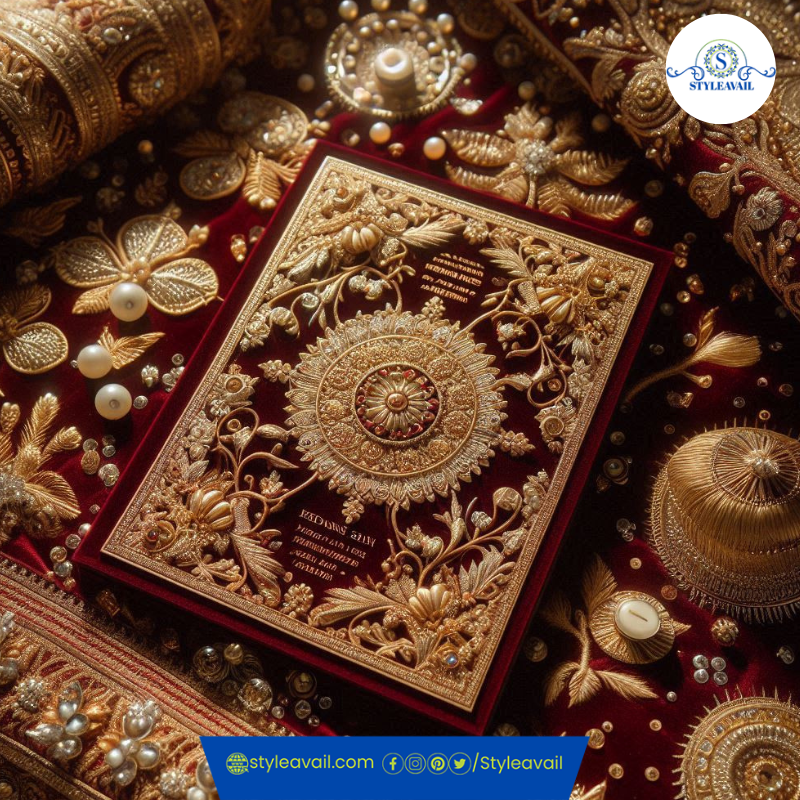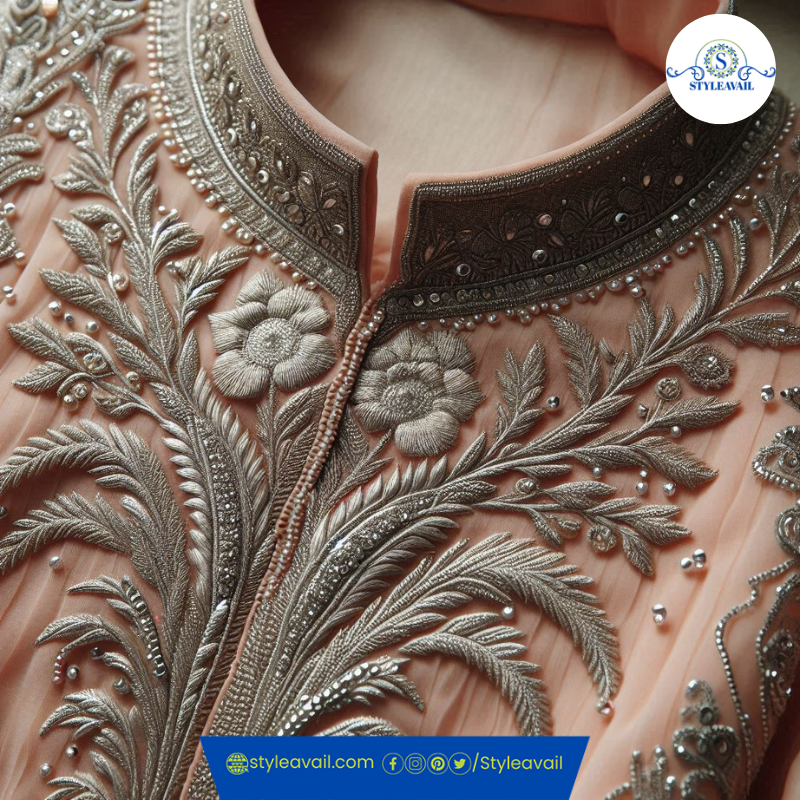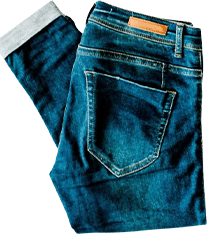Introduction:
Fashion, as we know it today, is not merely about clothing; it’s a reflection of society, culture, and individual expression. Evolution of Fashion The evolution of fashion spans centuries, intertwining with various historical, social, and technological shifts. From the early origins of clothing to the modern-day runway, fashion has continuously evolved, adapting to changing trends and societal norms.
Historical Overview of Fashion Evolution
Early Origins of Clothing
The evolution of fashion can be traced back to the earliest human civilizations. Initially, clothing served primarily functional purposes, protecting from the elements. Evolution of data model Early garments were simple and utilitarian, made from natural materials such as animal skins and plant fibres.
Fashion in Ancient Civilizations
Ancient civilizations such as Egypt, Greece, and Rome contributed significantly to the evolution of fashion. Clothing became a symbol of social status and identity, with elaborate garments and accessories denoting wealth and power. Fabrics were dyed using natural pigments, and intricate weaving techniques emerged.
Medieval Fashion Trends
During the medieval period, fashion underwent significant changes influenced by religion, trade, and the emergence of urban centres. Evolution of Mens fashion Clothing styles varied widely across regions, reflecting cultural diversity. Nobility adorned themselves in luxurious fabrics and ornate designs, while commoners wore simpler attire crafted from more accessible materials.
The Renaissance and Fashion Revival
The Renaissance marked a pivotal period in fashion history, characterized by a revival of classical aesthetics and artistic innovation. Clothing became more structured and tailored, with emphasis placed on proportion and symmetry. The invention of the printing press facilitated the spread of fashion trends across Europe, leading to increased demand for luxury textiles and accessories.
Industrial Revolution: Impact on Fashion
The Industrial Revolution brought about profound changes in fashion production and consumption. Mass production techniques allowed for the widespread availability of ready-to-wear clothing, making fashion more accessible to the masses. The emergence of department stores and fashion magazines further democratized style, fueling consumer desire for the latest trends.
Evolution of Men’s Fashion
From Traditional to Modern Styles
Men’s fashion has undergone significant transformation over the centuries, reflecting shifting gender norms and societal expectations. Traditional garments such as tunics and togas evolved into tailored suits and casual wear. Evolution of Mens Fashion Today, men have a diverse range of fashion options, from classic elegance to streetwear-inspired looks.
Influence of Cultural Movements
Cultural movements such as the hippie era, punk rock, and hip-hop have left an indelible mark on men’s fashion. Each movement brought its unique aesthetic and rebellious spirit, challenging conventional notions of style and masculinity. Evolution of clothing styles from bell-bottom jeans to leather jackets, fashion became a form of self-expression and social commentary.
The Evolution of Clothing Styles
Fashion trends are cyclical, with past styles often reimagined and reinvented for contemporary audiences. From flapper dresses of the Roaring Twenties to the minimalist chic of the 1990s, every decade has its signature looks and iconic pieces. Today, fashion is more inclusive and diverse than ever before, with designers embracing sustainability and body positivity.
Conclusion:
In conclusion, the evolution of fashion is a testament to human creativity and ingenuity. From humble beginnings to a global phenomenon, fashion continues to inspire and captivate us, Styleavail reflecting the ever-changing world we live in.
Unique FAQs
- How has technology influenced the evolution of fashion? Technology has revolutionized the fashion industry, from digital design tools to sustainable manufacturing processes.
- What role do social media influencers play in shaping fashion trends? Social media influencers have become powerful tastemakers, influencing consumer preferences and driving demand for specific brands and styles.
- Why is sustainability important in fashion? With growing concerns about environmental impact, sustainability has become a crucial consideration for fashion brands and consumers alike.
- How does cultural appropriation impact the fashion industry? Cultural appropriation in fashion can perpetuate harmful stereotypes and disrespect marginalized communities, prompting calls for greater cultural sensitivity and inclusivity.
- What does the future hold for fashion? The future of fashion is likely to be shaped by advancements in technology, sustainability initiatives, and changing consumer attitudes towards consumption and identity.









